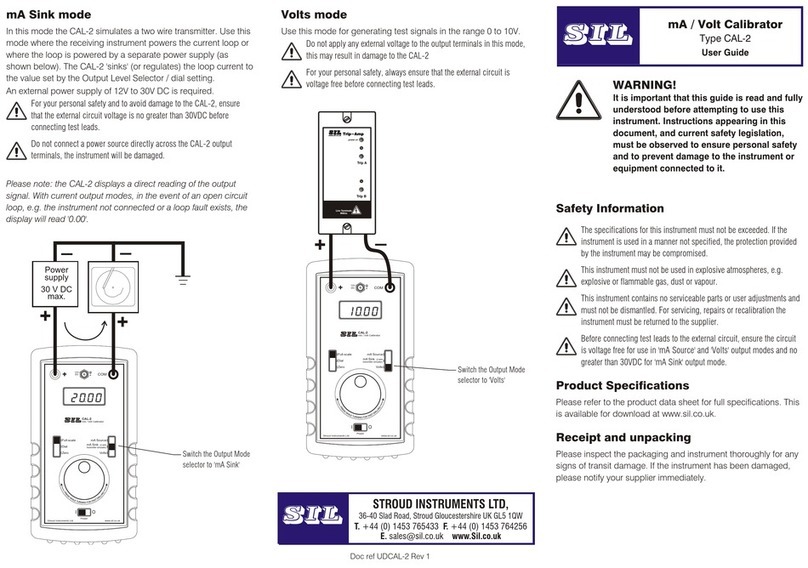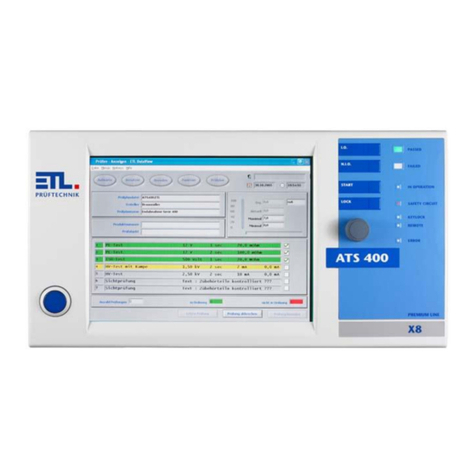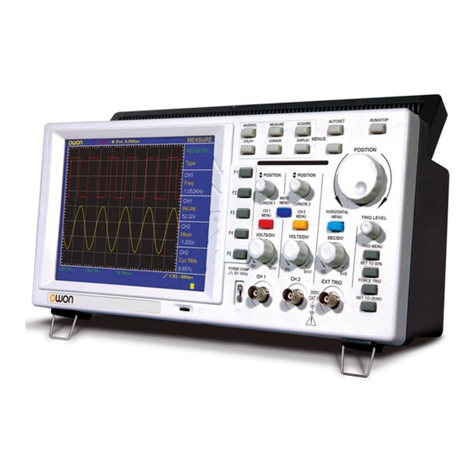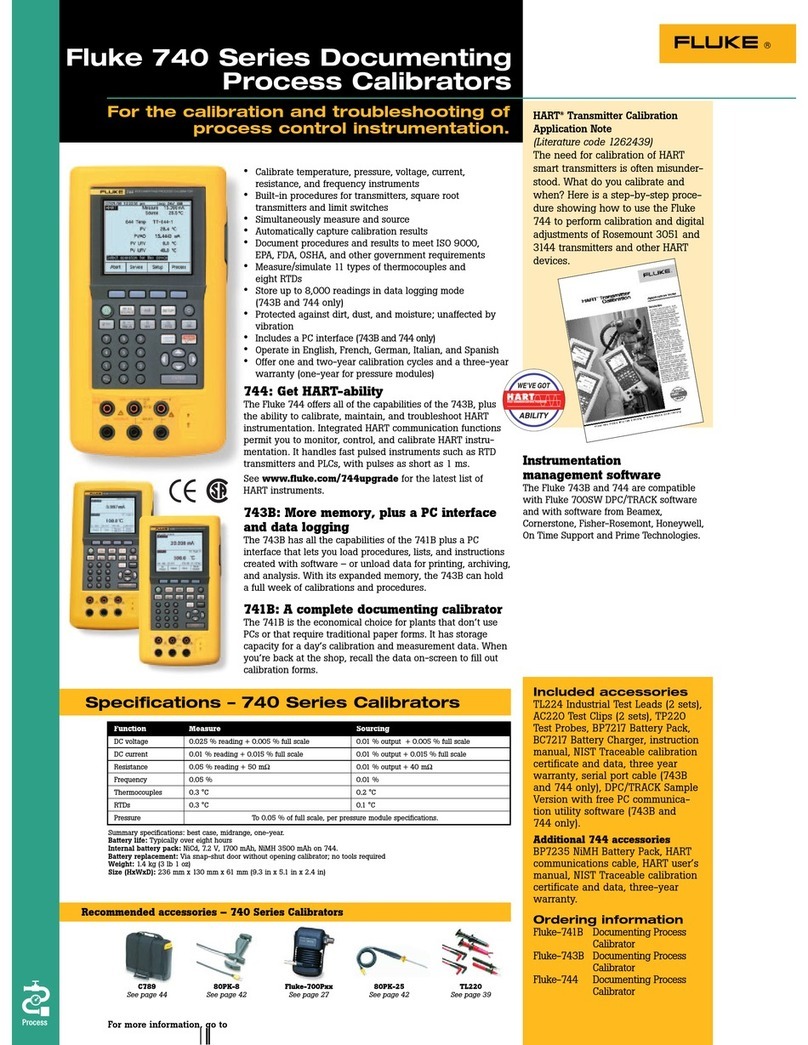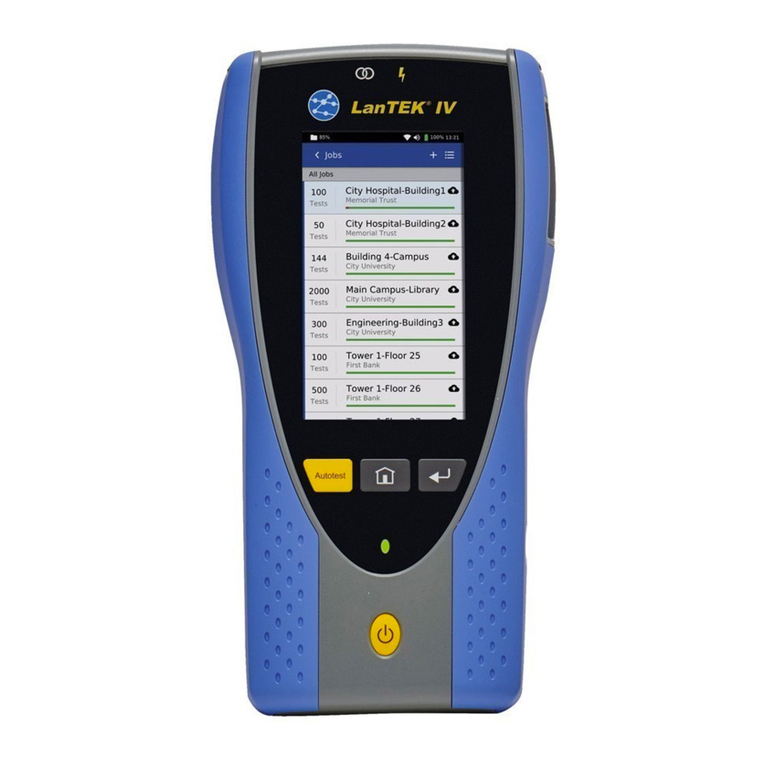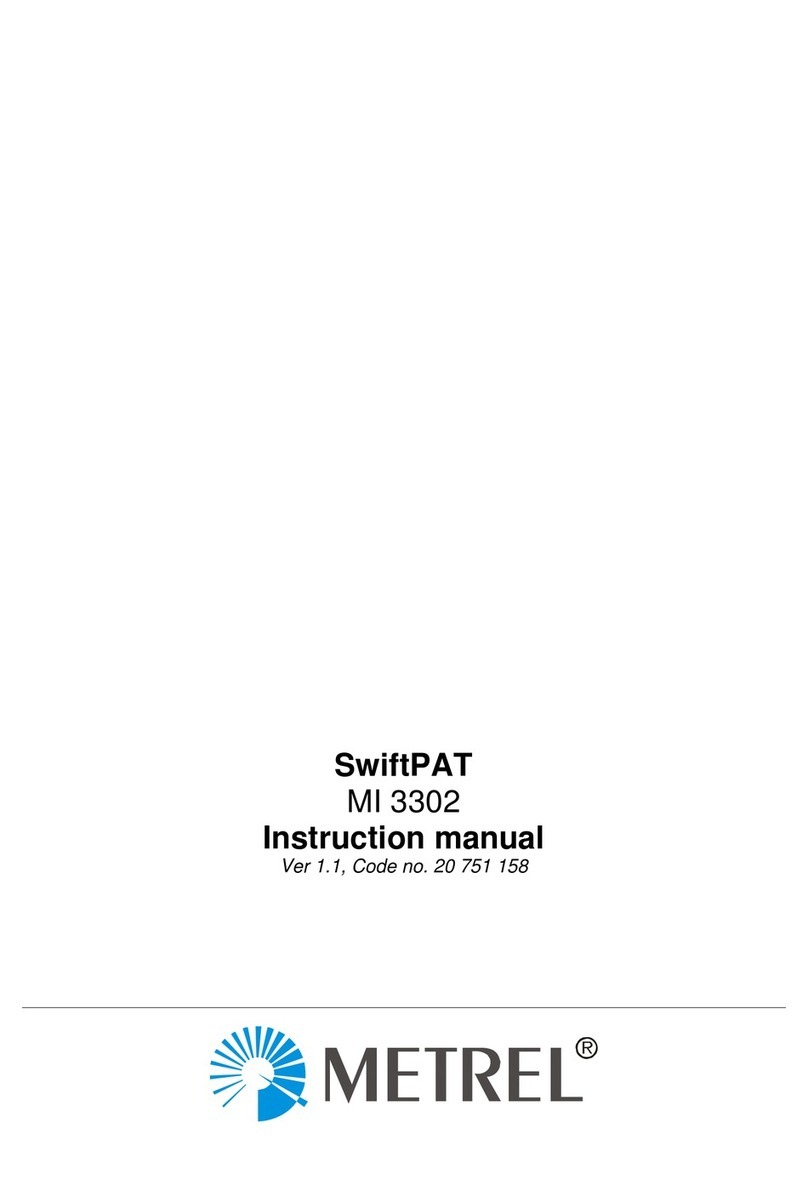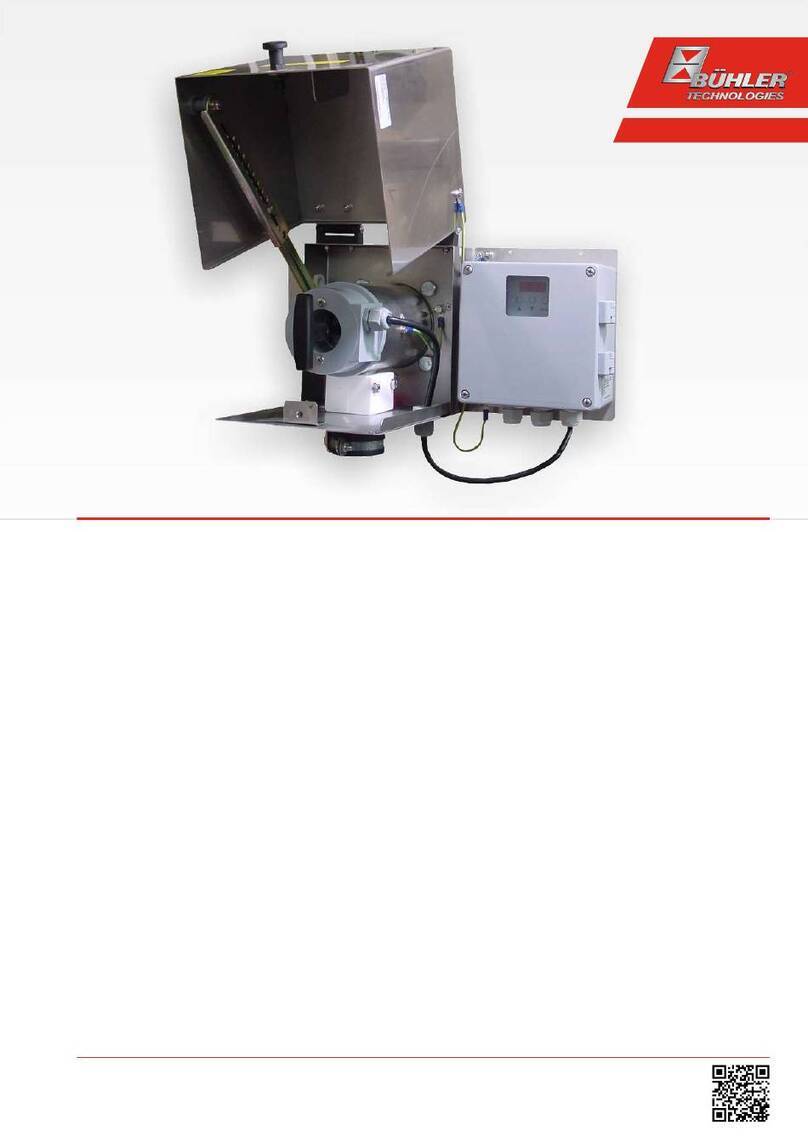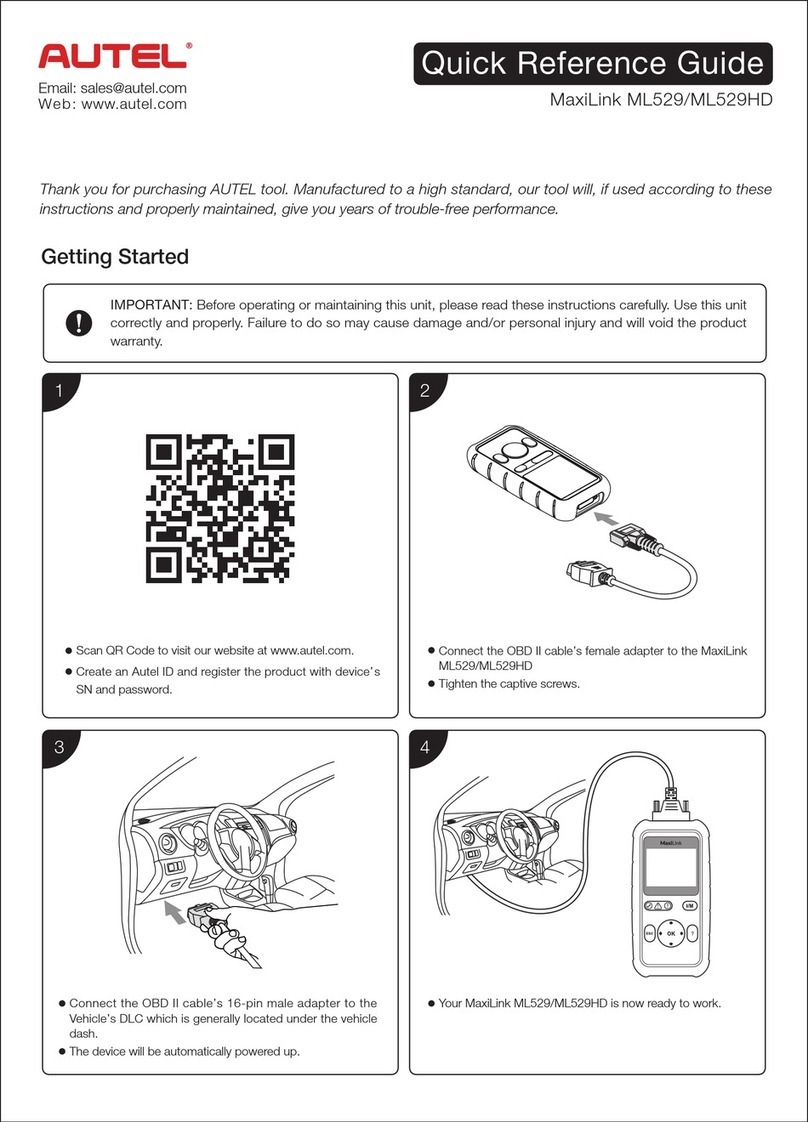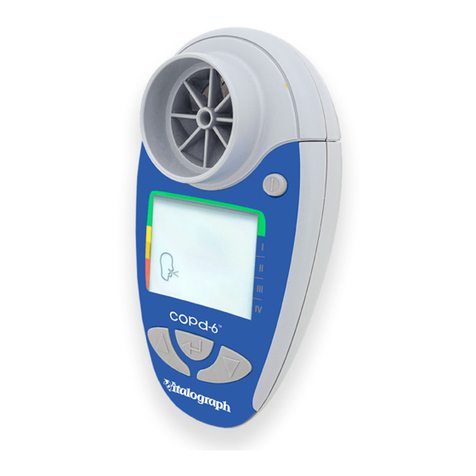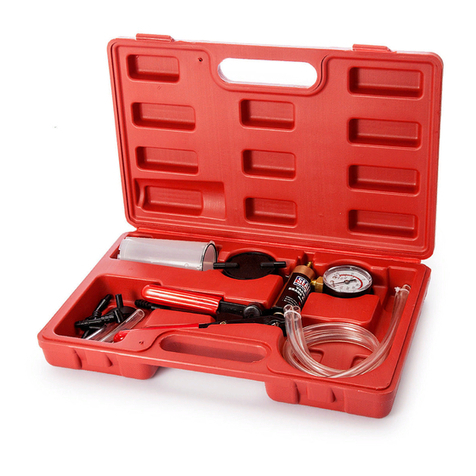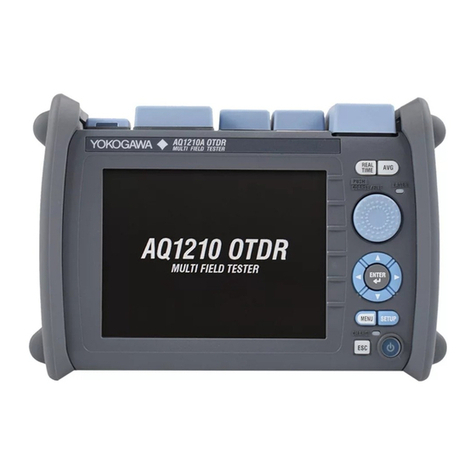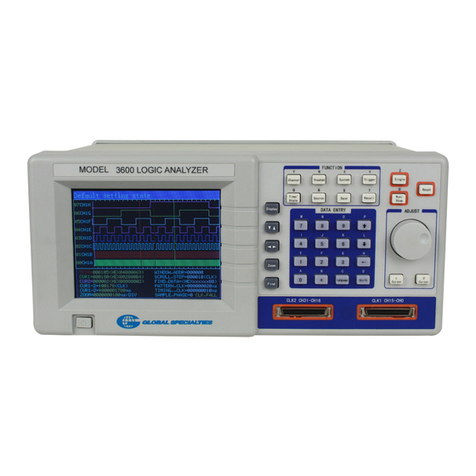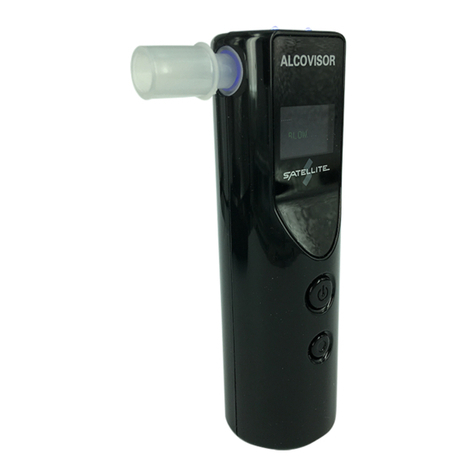SIL COM-3B User manual

SIGNAL ISOLATOR
Type COM-3B
User Guide
Document Ref: udcom-3b.vp Rev 0

Contents
Safety instructions / warnings ..........1
Installation ....................2
Dimensions & fixing ..................2
Wiring and connections ................3
Power supply connections...............3
Input and output connections .............4
Input and output configuration ..........5
Specification ...................6

WARNING!
It is important that this guide is read and fully understood before
attempting installation or commissioning of the instrument.
Instructions appearing in this document, and current safety
legislation, must be observed to ensure personal safety and to
prevent damage to the instrument or equipment connected to it.
The instrument should be installed, commissioned and operated
only by suitably qualified and authorised personnel.
Page 1
Safety and EMC information
Safety: EN61010 -1
Immunity: EN50082-1
Emissions: EN50081-1
CE certified
The specifications for the instrument must not be
exceeded. If the instrument is used in a manner not
specified, the protection provided by the instrument may
be compromised.
The instrument must be installed in an enclosure that
provides adequate protection against electric shock.
Ensure that power to the instrument is switched off and
signal wiring isolated from hazardous voltages before
carrying out installation or maintenance.
The instrument is designed for installation in a clean, dry
environment (Pollution degree 1).
Stroud Instruments Ltd strongly recommends that repairs
and re-calibration work are done on a return to factory
basis in order that our quality standards, product
specifications and safety precautions are not
compromised.
The instrument is double insulated
Note: Clean with a moist cloth - USE NO SOLVENTS.

Page 2
Installation
WARNING: Installation should be
conducted by appropriately skilled and
authorised personnel only.
WARNING: Ensure that power to the
instrument is switched off and signal
wiring isolated from hazardous voltages
before carrying out installation.
WARNING: The instrument must be
installed in an enclosure that provides
adequate protection against electric
shock.
Location
¨The instrument is designed for
installation in a clean, dry environment.
¨Do not install near to switch gear,
motor controllers or other sources of
strong magnetic fields.
¨Avoid exposure to direct sunlight and
ensure the ambient temperature inside
the enclosure that the unit is mounted
in will not exceed our specification.
Fixing
COM Series Modules are designed to be
be clipped to a mounting rail conforming
to BS5584:1978, EN50 022, DIN46277-3.
Hook the module onto the top edge of the
mounting rail and push in to engage the
clip onto the bottom of the rail.
The unit may be removed from the rail by
inserting a small bladed screw driver into
the release slot under the unit. Applying
gentle upward pressure to the handle of
the screwdriver will release the locking
tongue and enable the unit to be pushed
up and away from the mounting rail.
Dimensions
105 mm
Locking tongue
release slot
A
ccess cover for
switch settings
»
»
75 mm
22.5 mm
Mounting
Rail
span
power
zero
compact
SIL

Page 3
Wiring and connections
¨Segregate power supply and signal
wiring.
¨Use screened cable for all signal wiring
with the screen earthed at one end
only.
¨All connections should be made using
ferrules.
¨Screw terminals are provided with a
maximum wire of capacity 2.5mm2.
Access to Terminals
WARNING: Ensure that power to the
instrument is switched off and signal
wiring isolated from hazardous voltages
Each set of screw terminals, top and
bottom, is covered by a captive white
plastic shield. These many be unclipped
to gain access to the terminal screws.
Power supply and output connections are
provided on the top of the module. Input
connections are provided at the bottom of
the module.
Power supply connections
WARNING: Check that the supply
voltage on the data label (on side of
instrument) is suitable for the
application.
WARNING: Ferrules should be used for
power supply wiring
The COM-3B may be powered from a DC
supply in the range 11-32 VDC, 1.6W.
This unit is protected by an internal
thermal self-resetting fuse.
Power supply wiring to the instrument
should be protected by a suitable fuse
and double pole switch - see Power
supply connections diagram. The switch
should be clearly marked as the isolating
switch for the instrument.
Power supply connections
Supply
11 - 32 VDC
Screw terminals
may be
unplugged
from the module.
Unclip and pull on
the white plastic
terminal shields.
--
+
2
1
11-32VD
C
4
3

Page 4
Input connections
0 - 5 Volts and1-5Volts
0 - 10mA
0 - 20mA and 4 - 20mA
Output connections
Connections for 0-10mA, 0-20mA,
4-20mA, 0-10V and 2-10V.
Output connections - current sink
WARNING: Current sink output is
available only to order. It is not available
on the standard unit.
The data label on the side of the module
will state whether this connection is
present on your unit.
Current-sink connections
2
14
3
24V (external supply)
--
+
Load
(Receiving device)
+
--
78
56
--
+5 Volts
78
56
--
+
10mA
78
56
--
+
20mA
2
14
3
--
+

Page 5
Input and output configuration
Gain access to the switches by removing
the cover on the top of the unit; a slot is
provided to insert a suitable lever such as
a small screwdriver blade.
Please note: Span and Zero (front panel
adjustments) should be checked and
trimmed as required after range changing.
Typical error without trimming will be in
the order of 1%.
Setting Input options
The input signal must be connected to the
appropriate input terminals (see Input
Connections).
Refer to the table and set switches SW2-1
and SW2-2 as appropriate for the input
signal i.e. true zero or raised zero.
Setting output options
Output signal Type: Refer to the
illustration and set SW1 to either mA
output or Voltage output.
Output signal range: Refer to the table
and set switches SW2-3 to SW2-8 as
required.
12345678
SW2 SW1
Output
+
-
+
-
+
-
Supply
1234
on
mA V
SW1- mA output V output
SW2- See table
on
Input options Output options
SW2 12 SW2 345678
True zero 1 0 0-10mA 100100
Raised zero 0 1 0-20mA 101000
4-20mA 011000
0 = switch off 0-10V 100011
1 = switch on 2-10V 010011

Page 6
Specification
GENERAL NOTE
The standard unit has field programmable
inputs and outputs which are detailed
below. Other ranges for the Compact
Isolator may be available, please contact
our sales department with your
requirements.
INPUTS
Field programmable input ranges:
0-10mA
0-20mA
4-20mA
0 - 5 Volts
1 - 5 Volts
OUTPUTS
mA Ranges Max. load (ohms)
0 - 10 mA 1500
0 - 20 mA 1000
4 - 20 mA 1000
4 - 20 mA current sink*
(50 Volts supply max.)
* factory-set option only
Voltage Ranges Min. load (ohms)
0 - 10 V 1000
2 - 10 V 1000
LINEARITY ERROR
£ ± 0.1% of full scale
LOAD RESISTANCE EFFECT
£0.001% of span / 100 ohms change
RESPONSE TIME
200 ms
ISOLATION
The input and output are isolated from
each other and from the power supply.
Maximum voltage 250 V RMS or 400V DC
Resistance between any port (input,
output or power supply) ³50x10
6ohms
@ 1000V DC
Capacitance between output and power
supply 1000pF
SUPPLY VOLTAGE REJECTION
Output change < 0.01 % span / % supply
change
TEMPERATURE RANGE
Operating: – 10oCto+50
oC
Storage: – 20oCto+70
oC
TEMPERATURE COEFFICIENTS
Zero: ±0.02% span / oC
Span: ±0.02% span / oC
POWER SUPPLY
11—32 VDC 1.6 W max.
This unit is protected by a thermal
self-resetting fuse. ‘Power on’ indication is
provided by a red LED indicator.
300 k ohms input
impedance
100 ohms input
impedance
}
}
Table of contents
Other SIL Test Equipment manuals
